Throughout the text of the Quran, Muslims are encouraged to seek knowledge. This has always been a great stimulus for reflection and understanding. The clear call of the Quran has meant that throughout the Muslim world knowledge has been passed on from one generation to another one in mosques, schools, colleges, hospitals, observatories and scholarly homes.
There is something in common between school and university education. Both started in a mosque, but “university” is Jami’a in Arabic, which is the feminine form of the Arabic word for mosque – Jami’. Thus, in Arabic, the place of religion and the place of advanced learning are the single, indivisible whole. Simultaneously, both words retain the idea of “association” or “coming together as one”. In fact, they are Arabic equivalent of western “universum”. This “unification” took place not so much on a religious level, but on a functional one. Some of mosques eventually became universities. This is what we are going to speak about.
Al-Azhar
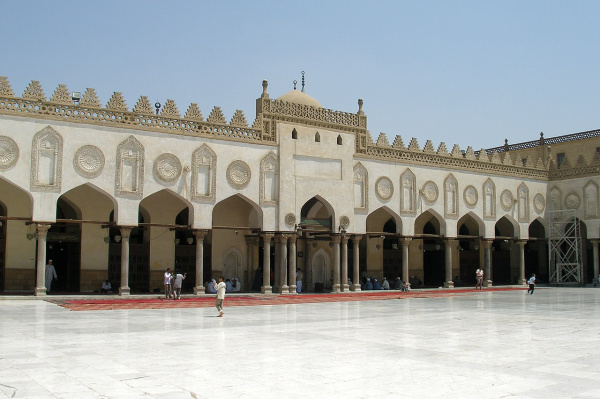
One of such brightest examples is Al-Azhar, which still exists today – 1030 years later. Being the center of higher education in Egypt, it attracted a lot of students and sheltered prominent teacher within its walls. They were Ibn al-Haytham, who lived for a long time in its vicinity, and Ibn Khaldun, a leading sociologist of the XIV century.
Among the students of Al-Azhar University in Cairo there were a great number of foreigners, along with Egyptians, many from areas outside Cairo.
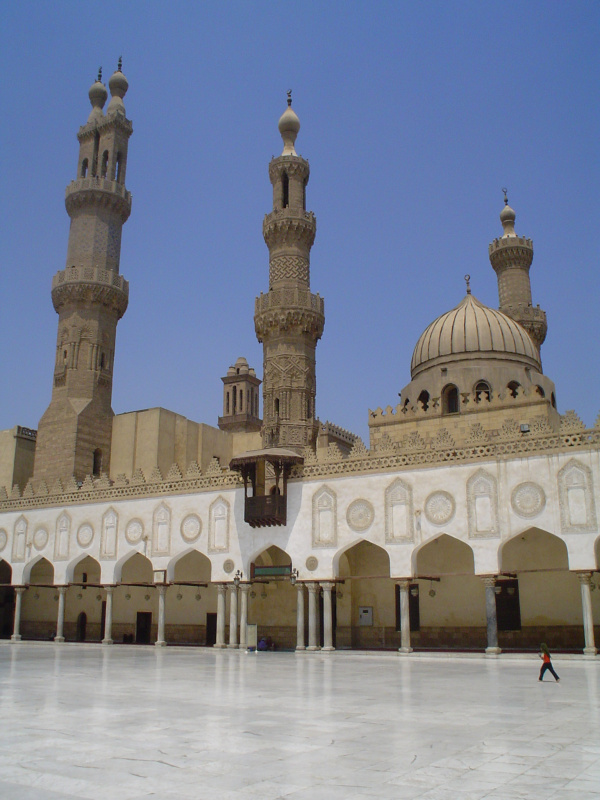
Al-Qarawiyyin
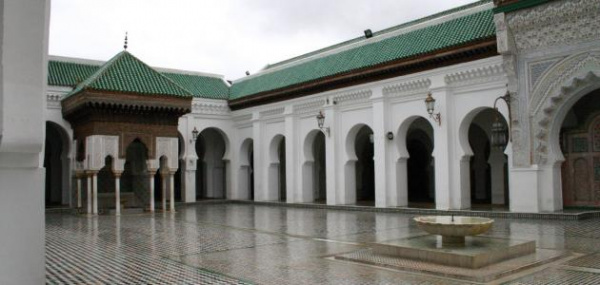
Another grand complex was founded in Fez, Morocco. This university was initially built as Al-Qarawiyyin Mosque in 859, during the reign of the Idrisid Dynasty, by Fatima al-Fihri, a devout young woman. She was well educated and after she inherited large amount of money from his father, a successful businessman, she vowed to spend her inheritance on mosque construction. She was dedicated to making education available for her community. It is interesting to mention the fact that she personally oversaw the construction project. Fatima issued a designed restriction, stating that all building materials had to be from the same land. She fasted daily until the construction was completed.
Like some great mosques, Al-Qarawiyyin soon turned into the center of religious learning and discussions, gradually being expanded and including science. It therefore rightly earned its name as one of the earliest universities in history.
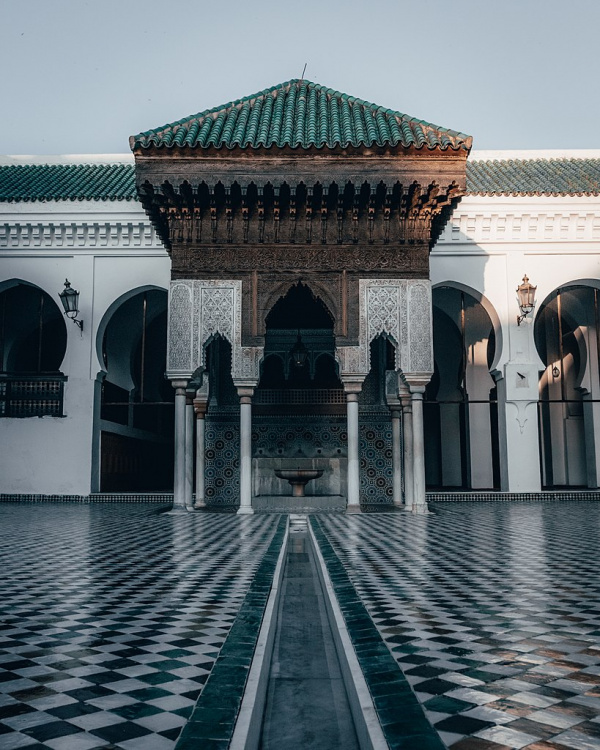
Al-Qarawiyyin was well equipped, especially with astronomical instruments. In the “timekeeper’s room” one could find astrolabes, hourglasses and other instruments for time calculating. It was a place where the Quran, theology, jurisprudence, rhetoric, prose and poetry, logic, arithmetic, geography and medicine were taught. There were also courses on grammar, Muslim history, chemistry and mathematics.
Al-Zaytuna Mosque
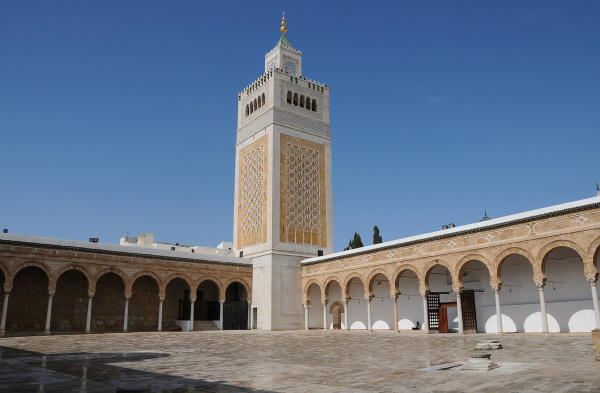
The Al-Zaytuna Mosque in Tunis was well represented with works on grammar, logic, documentation, cosmology, arithmetic, geometry and minerals. In the Tunisian library of Kairavan Atikah there was the Arabic translation of the history of ancient peoples, written by Saint Jerome before 420.
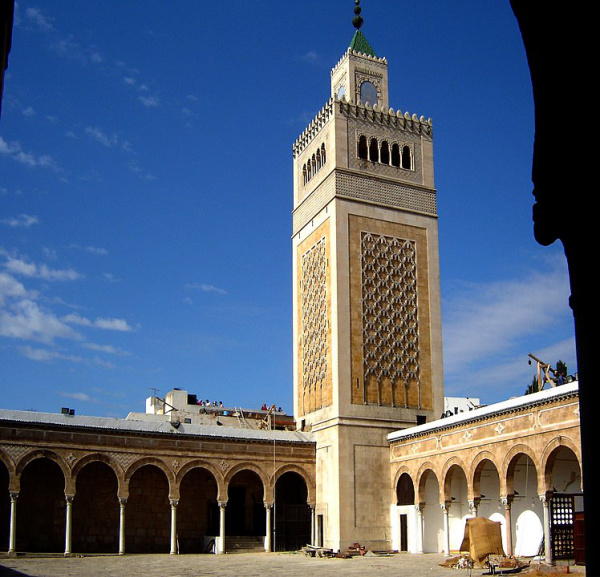
Sankore University
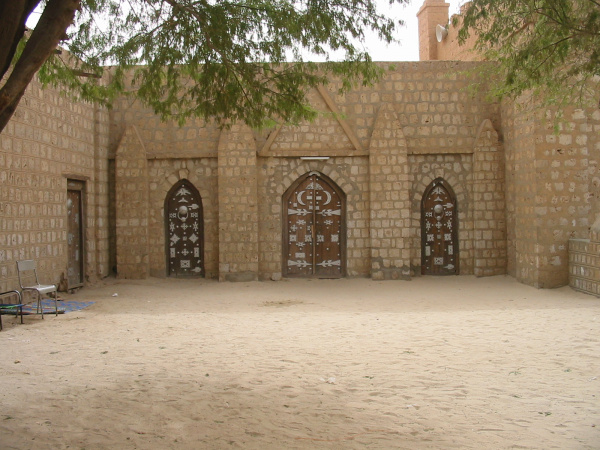
In the southern part of the Muslim world, the Sankore University in Timbuktu reached its economic and intellectual climax in the XV-XVI centuries. After the return of Mansa Musa, the ruler of the Mali Empire, from hajj, it became the important center for the dissemination of Islamic culture.
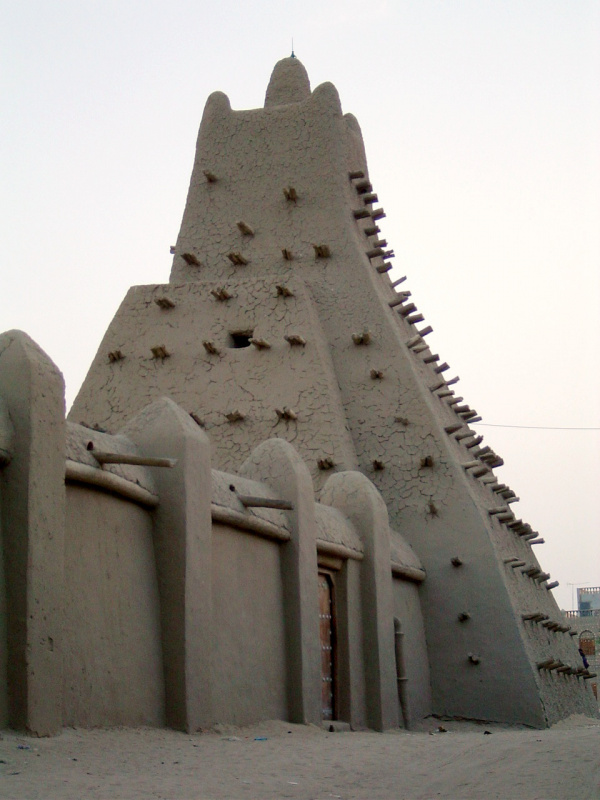
During its heyday, the complex consisted of the Sankore University, 180 Quranic schools and 25 000 students. It also turned into a major trade center, which included an extensive manuscript exchange. Subjects studied included the Quran, Islamic studies, law, literature, medicine and surgery, astronomy, mathematics, physics, chemistry, philosophy, languages and linguistics, geography, history and art.
Ilmira Gafiyatullina
Photos: Creative Commons
